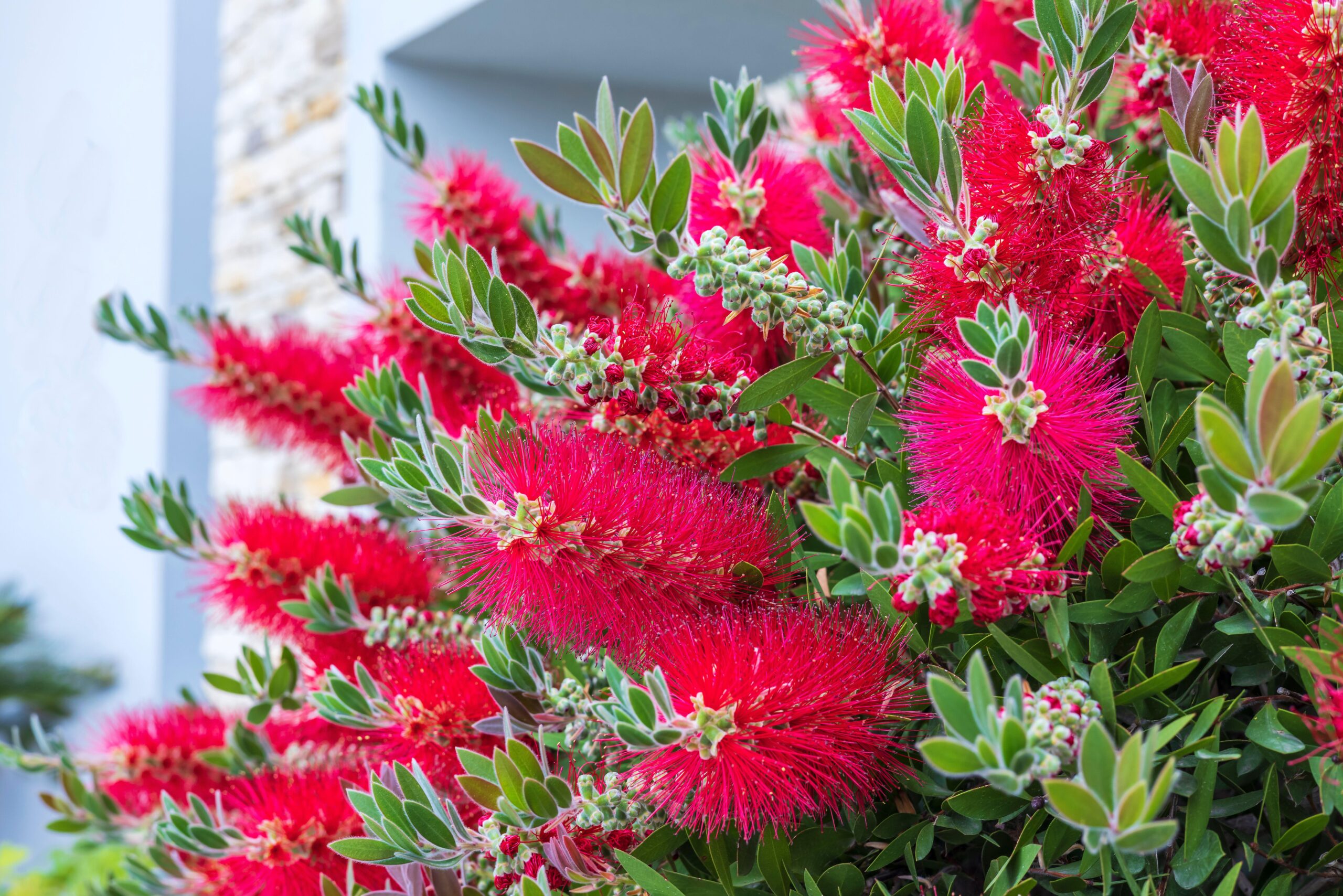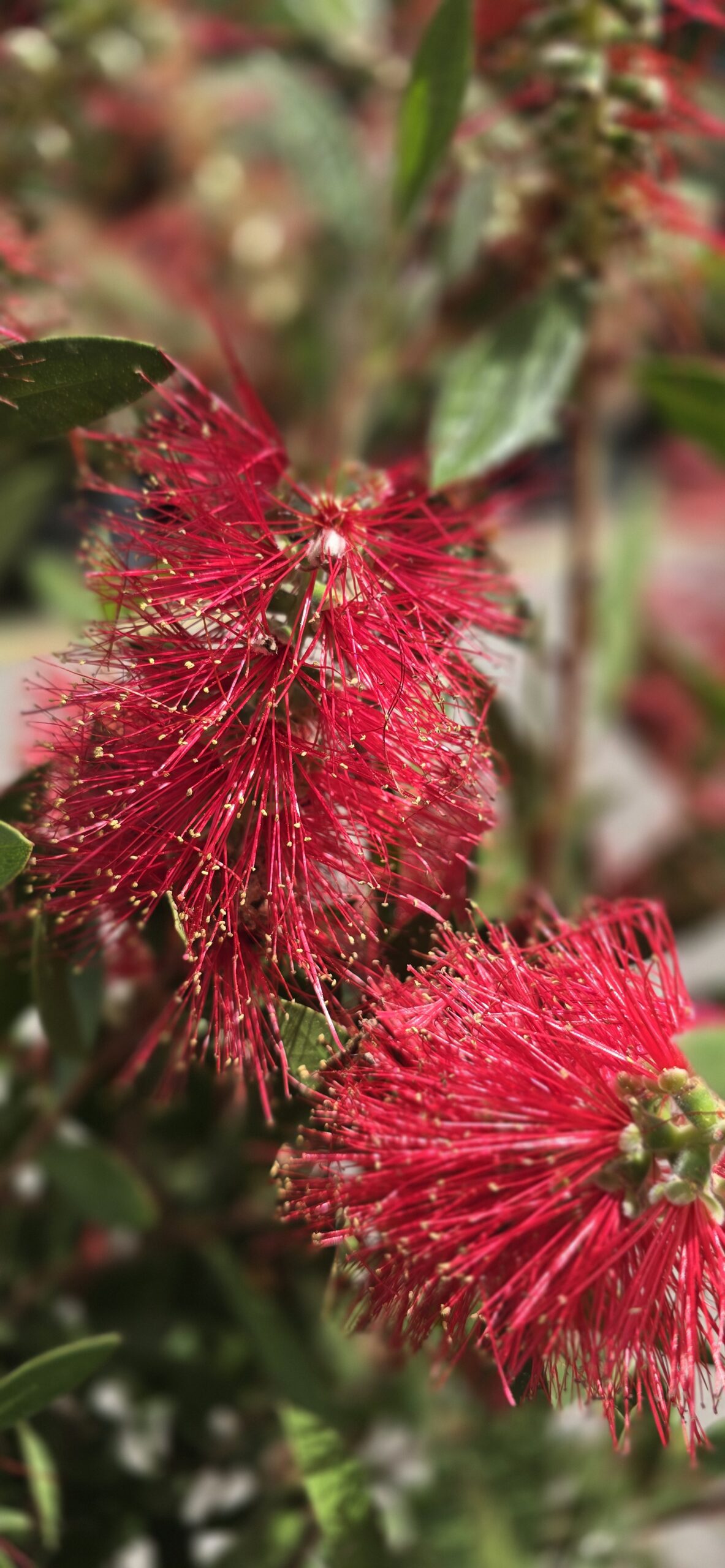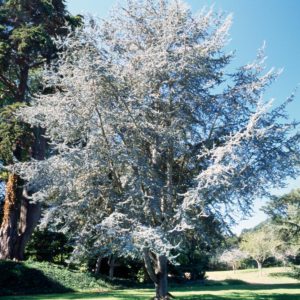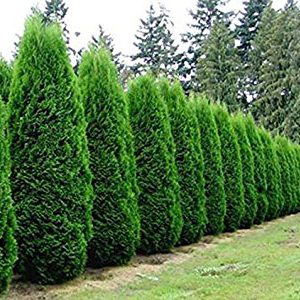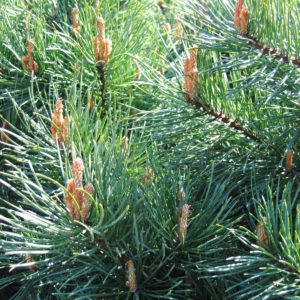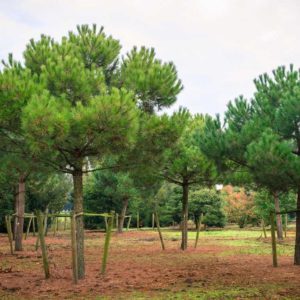Callistemon citrinus ‘splendens’ 1/4 & 1/2 standard
Price range: €95.00 through €130.00
Frequently Bought Together

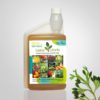

Description
Quick Facts
Common Name: Crimson Bottlebrush Standard
Botanical Name: Callistemon citrinus ‘Splendens’
Family: Myrtaceae
Origin: Australia (cultivar)
Flower Colour: Brilliant crimson-red bottlebrush spikes
Flowering Period: May to August, with occasional repeat blooms
Foliage: Evergreen, narrow grey-green leaves with lemon scent when crushed
Mature Height: 1.2–1.8 metres (depending on standard size: quarter or half standard) Mature Spread: 0.8–1.2 metres (crown spread)
Growth Rate: Moderate
Aspect: Full sun; sheltered position essential
Soil Type: Well-drained, slightly acidic to neutral soil; tolerates poor soils
Hardiness: Frost-hardy to approximately -5°C; requires winter protection in colder areas
Uses: Specimen tree, container planting, patio feature, formal garden, Mediterranean garden, pollinator garden
Description
Callistemon citrinus ‘Splendens’ trained as a quarter or half standard is a showstopper in any garden setting. The clear stem elevates the dense, rounded crown of arching branches, creating an elegant lollipop silhouette that brings instant structure and formality to borders and containers alike. From late spring through summer, the plant produces a profusion of vibrant crimson bottlebrush flowers—each spike measuring 10–15cm long and packed with hundreds of fine stamens that create a soft, tactile texture. The flowers are magnets for pollinators, particularly bees and hoverflies, adding life and energy to the garden.
The evergreen foliage is equally attractive, with narrow, lance-shaped leaves in soft grey-green that provide year-round interest. When touched or crushed, the leaves release a fresh lemon scent—a delightful surprise that adds a sensory dimension to the garden. The combination of striking flowers, aromatic foliage, and architectural form makes this standard-trained Callistemon a versatile and valuable addition to any planting scheme.
While Callistemon is native to Australia, ‘Splendens’ adapts surprisingly well to the milder regions of Ireland and the UK, particularly in coastal and urban areas where temperatures are more moderate. It thrives in full sun and well-drained soil, tolerating dry conditions once established. However, it does require protection from hard frosts and cold winds, making it ideal for sheltered gardens, courtyards, or container cultivation where it can be moved under cover during the coldest months.
Caragh Garden Notebook: Care & Cultivation
Planting Plant Callistemon citrinus ‘Splendens’ standard in late spring (May) after the risk of frost has passed. Choose a sheltered position in full sun—south or west-facing is ideal. Protection from cold winds and hard frosts is essential, particularly in winter. This plant is well-suited to container cultivation, which allows you to move it to a sheltered spot or unheated greenhouse during the coldest months.
The soil should be well-drained and slightly acidic to neutral (pH 6.0–7.0). Callistemon tolerates poor soils but performs best in moderately fertile, free-draining conditions. If planting in the ground, dig a hole twice the width of the root ball and incorporate grit or sharp sand to improve drainage if your soil is heavy. For container planting, use a loam-based compost (such as John Innes No. 3) mixed with grit or perlite for extra drainage. Ensure the container has adequate drainage holes.
Position the plant so the top of the root ball is level with the surrounding soil or compost surface. Backfill, firm gently, and water thoroughly. Stake the clear stem if necessary to provide support until the root system is well established.
Watering Water regularly during the first growing season to establish a strong root system. Once established, Callistemon is reasonably drought-tolerant but performs best with consistent moisture during the growing season, particularly when flowering. Container-grown specimens require more frequent watering—check the compost regularly and water when the top 2–3cm feels dry. Reduce watering in winter, allowing the compost to dry out slightly between waterings.
Feeding Feed in early spring (March or April) with a slow-release balanced fertiliser or a liquid feed formulated for flowering shrubs. A second feed in early summer will support prolonged flowering. Avoid high-nitrogen fertilisers, which encourage leafy growth at the expense of blooms. Container-grown plants benefit from regular feeding throughout the growing season—apply a liquid feed every two to three weeks from April to August.
Pruning Prune Callistemon citrinus ‘Splendens’ standard immediately after the main flowering period (late summer or early autumn) to maintain the rounded crown shape and encourage bushy growth. Lightly trim back the flowered shoots by one-third to one-half, cutting just above a leaf node. Remove any dead, damaged, or crossing branches to improve air circulation and maintain the plant’s elegant form. Avoid heavy pruning, as this can reduce the following season’s bloom.
Regularly check the clear stem and remove any shoots that emerge from the trunk, as these will spoil the standard form if left to grow.
Winter Protection In colder areas or during harsh winters, provide protection for your Callistemon standard. Container-grown plants can be moved to an unheated greenhouse, conservatory, or sheltered porch. If the plant is in the ground, wrap the crown with horticultural fleece during frosty periods and mulch around the base to protect the roots. Remove coverings during milder spells to allow air circulation and prevent fungal issues.
Mulching Apply a 5cm layer of mulch around the base of the plant in spring to retain moisture and suppress weeds. Keep mulch clear of the stem to prevent rot.
Pests & Diseases Generally trouble-free. Occasionally affected by scale insects or aphids; treat with horticultural soap or a gentle spray of water if necessary. Overwatering or poor drainage can lead to root rot—ensure the soil or compost is free-draining and avoid waterlogging. Yellowing leaves may indicate nutrient deficiency; apply a balanced feed.
Companion Plants Pair Callistemon citrinus ‘Splendens’ standard with Mediterranean and drought-tolerant plants that complement its exotic character and sunny aspect. Consider planting alongside Lavandula (lavender), Salvia, Cistus, Rosmarinus (rosemary), Agapanthus, Phormium, Cordyline, ornamental grasses such as Stipa or Miscanthus, and sun-loving perennials like Echinacea, Achillea, or Nepeta. Underplant with low-growing herbs such as thyme or oregano, or use colourful groundcovers like Sedum or Helianthemum for a vibrant, textured display.
Design Suggestions Use Callistemon citrinus ‘Splendens’ standard as a striking focal point in a sunny border, where its architectural form and vivid flowers can take centre stage. Plant in pairs to flank an entrance, doorway, or pathway for a formal, symmetrical effect. Grow in large containers on a patio, terrace, or courtyard, where it can be admired up close and easily moved for winter protection. Ideal for Mediterranean-style gardens, gravel gardens, or contemporary planting schemes. Combine with other sun-loving exotics such as Cordyline, Phormium, or Trachycarpus (Chusan palm) for a bold, subtropical look. Its pollinator-friendly flowers make it a valuable addition to wildlife gardens, bringing colour, scent, and life to the summer garden.

